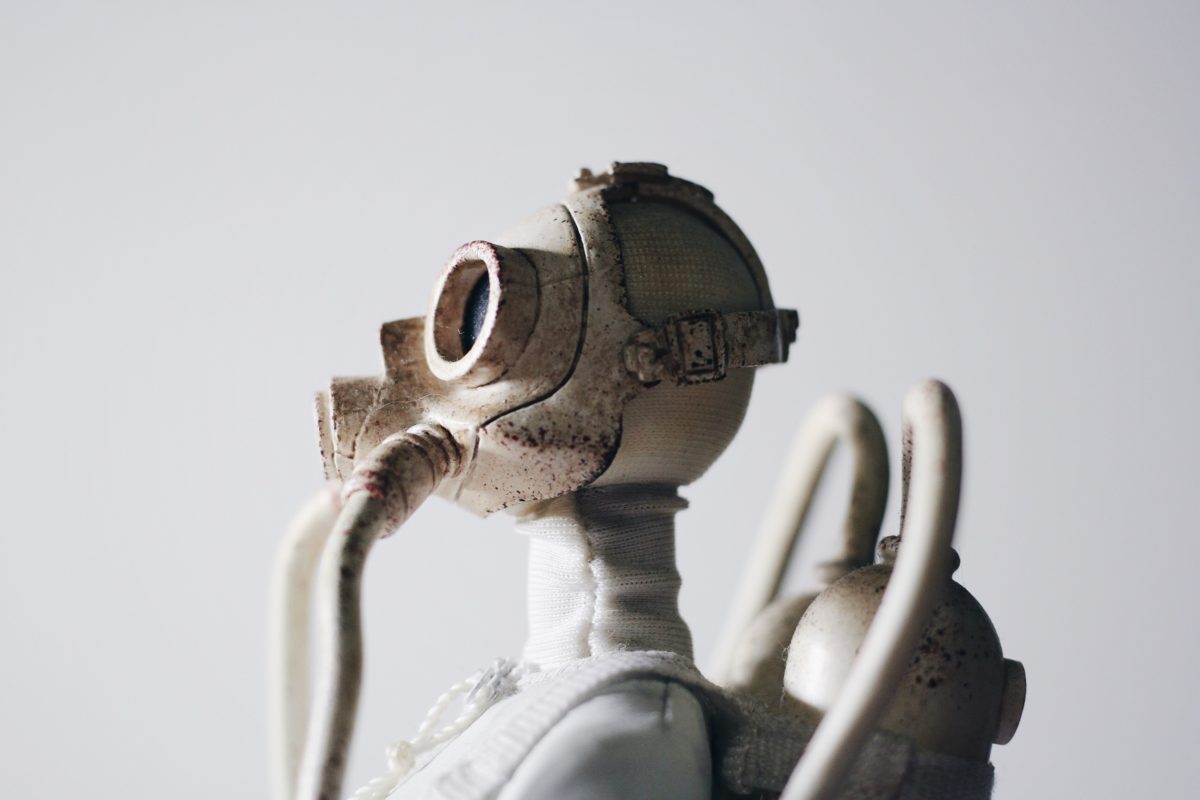Prioritizing Air Quality in Makerspaces

Prior to my current job, I was the Makerspace Manager at the UNR Innevation Center for the last two and a half years. Through that, I’ve talked about how to start makerspaces with non-profits, other universities, hobbyists, libraries, and more. There are two things I always tell them: 1) plan for maintenance costs, and 2) don’t overlook air quality requirements.
Why Ventilation in Makerspaces Gets Overlooked
The reason I ALWAYS bring it up is that it is so easily overlooked especially by the type of people writing grants and laying the foundation for the great technology resources makerspaces offer. The people doing the leg work of getting a funding for makerspaces are rarely the same people that use makerspace equipment in their day to day lives. As a result, in my conversations I make sure to them the nasty truth: makerspaces are messy, they require expertise day in and day out to keep them running (but that’s for another post), and they stink. Messy spaces can be handled post-building and expertise can be sought out, however if the master planner hasn’t planned for proper ventilation in their makerspace, they may be faced with huge financial hurdle shortly down the road.
Why Ventilation in Makerspaces is Important
Proper ventilation is so very important because all fundamental makerspace equipment emits hazardous fumes and particulates. Traditional FDM 3D printers are melting plastic emitting all sorts of fumes of which ABS has already been proven to be a health hazard. Soldering stations vaporize flux, woodworking is a downright dust hazard, and painting and gluing materials (standard in a Maker environment) release known toxins. I haven’t even mentioned the most prized of makerspace equipment that is also the biggest offender of awful fumes and particulates: The Laser Cutter.

Most purpose-built makerspaces set up shop in warehouse buildings with high ceilings and roll-up doors. These environments are great building spaces. However oftentimes smaller makerspaces are being crafted in the spaces that are available to them like the ground floor of a library or the basement of a dorm. In these closed loop HVAC environments, it is paramount to plan for the amount of fumes that will be produced by the equipment being purchased for the makerspace, and how those fumes will be purified for the space’s users. Although it may not be required by law, makerspace fumes are a health hazard and will discourage many out of using the space.

If you ever want to chat makerspaces or have questions on using the one at the UNR Innevation Center, I am always happy to connect. Please feel free to reach out to me on LinkedIn or Twitter or you can email me directly at crystalh@unr.edu. If you’d like to continue seeing my blogs on innovation, business development, and our community, subscribe to my blog on the right. Thanks for reading!
- Are you a Leader or a Supervisor? - May 3, 2019
- Why Reno Offices Love Dogs - May 2, 2019
- 5 Ways to Strengthen Your Personal Community in Reno - May 1, 2019
